Imagine that you have attracted several leads to your site, but only a portion of them make a purchase. So what to do now? Conversion rate is a quintessential metric when we talk about measuring the success of your online business. In terms of sales, it indicates how many leads are “converted” (i.e. become paying customers). Here, you can find out the real causes of why people abandon their shopping carts and what you can do to intervene in this issue and increase the conversion rate of your online store!
Table of Contents
What is conversion rate?
Conversion rate is a widely spread, key performance indicator used in e-marketing. It gives the percentage of visitors that are converted to a site. Conversion is the transformation of a potential customer (or lead) into a real client.

Conversion can refer to other situations than the final purchase decision, from getting users to sign up for your newsletter to download a piece of your content.
What does conversion rate mean for sales?
It’s important to start by defining exactly what conversion means to your business. That way, you’ll draw more conclusions from your conversion rate to improve your strategy. For example, if you have different types of conversions, like tracking sales and newsletter subscribing, draw a line between them and measure these two quantitative metrics separately. In sales, conversion is the change from a potential customer to a real, paying customer.
It is wise to differentiate between micro-conversion and macro-conversion:
- Micro-conversion: a potential customer actively follows your company (for example by following you on social networks or by subscribing to your newsletter).
- Macro-conversion: a potential customer becomes a real customer by buying one of your products or services.
This means that your sales and marketing teams can track different conversion rates to identify aspects of your sales funnel to optimize.
Poor conversion rate: Factors that influence the checkout
At checkout, there are many factors that can negatively affect your conversion rate. Here are a few reasons that might explain why customers might abandon their cart, resulting in conversion dropout:
- your website has a too long loading time;
- registration or identification is too long or too complicated;
- the payment options are too limited;
- buttons or teasers appear and distract the consumer;
- shipping costs are too high;
- links don’t work or a problem occurs when the customer is redirected to your payment provider;
- Captcha verification issues;
- the payment process does not look professional or secure (e.g. https protocol is not used);
- the text contains errors (wrong information or spelling mistakes);
- the page is difficult to read (due to poor font size or color, cluttered or confusing layout) and
- clumsy communication techniques (when, for example, an advertisement promises something that does not appear at the checkout).
How to calculate conversion rate?
Here you can see the formula that you can easily calculate the proportion of visits that turn into sales:
Conversion rate = (Number of purchases ÷ Number of visitors) %
Let’s take an example with 200 potential customers who visit your website during a given period. 10 of these visitors make a purchase, then your conversion rate is 5%.
How to implement the right strategy to increase your conversion rate?
You need a good strategy to optimize your conversion rate. There are several tools you can use to turn more visitors into leads and turn those leads into customers. In e-commerce, macro-conversions are more important than micro-conversions. That’s why you need to implement a strategy that pushes leads to make a purchase.
Start by analyzing the strengths and weaknesses of your current tactics. Focus on the following criteria:
- loading speed;
- session duration and
- bounce rate.
Analyzing these variables will help you improve the performance of your pages and therefore boost your conversion.
Don’t forget about the changing seasons
When setting up your e-commerce conversion rate optimization strategy, don’t forget to consider seasonal differences. The months of November and December are the peak of e-commerce sales, it is during this period that the conversion rates are the most important.
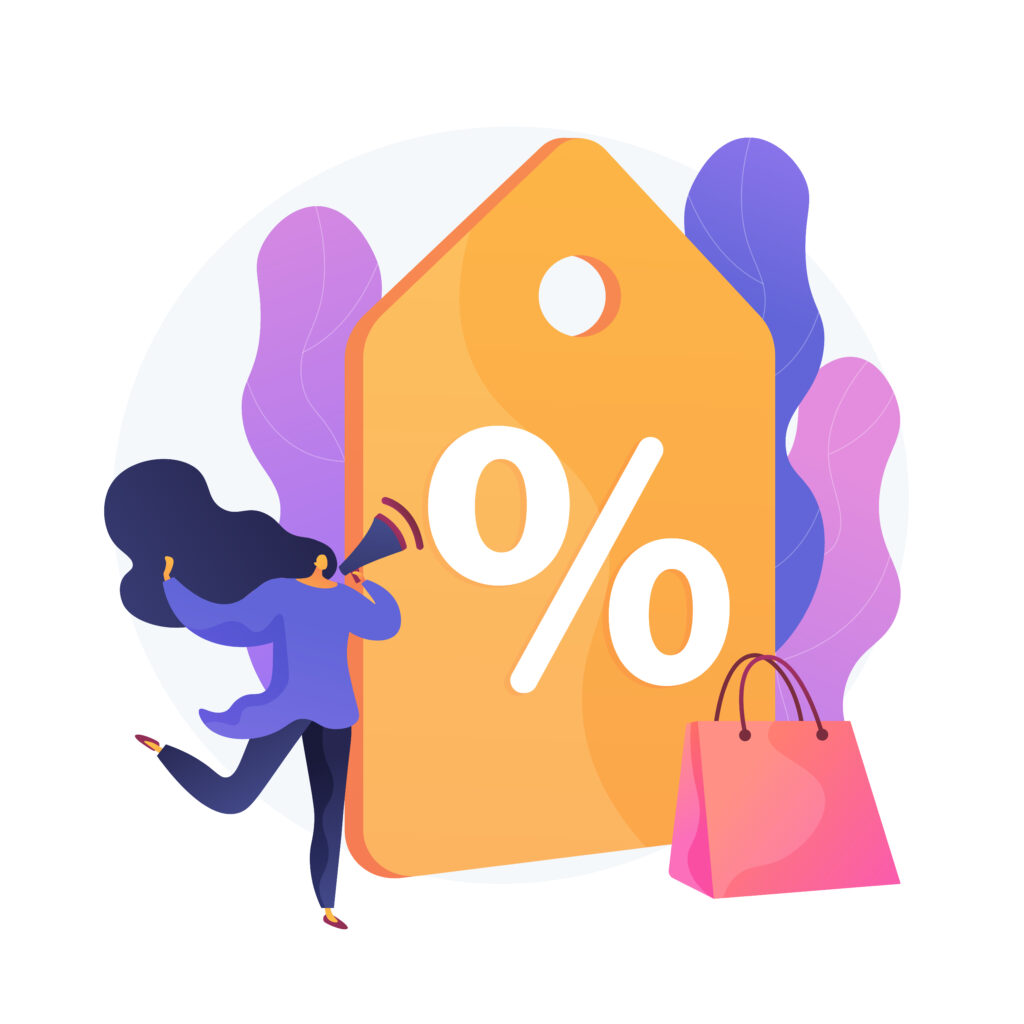
Depending on your market, you can take advantage of seasonal promotions (such as summer or winter sales) to increase your conversion rate even more. It is important to know your sector and your target audience in order to make predictions. In addition, the average conversion rate per sector of activity can vary considerably.
Several tools allow you to identify and track online search trends. This helps you develop a more effective conversion rate optimization strategy and take advantage of seasonal fluctuations.
What is a good checkout conversion rate?
The conversion rate at checkout is the most important data in e-commerce. Numerous studies have shown that the shopping cart abandonment rate is often very high, between 50 and 70%, and even higher in some sectors. Start by focusing on optimizing your shopping cart if you want to increase your conversion rate at checkout.
Average conversion rates with different e-commerce solutions
As an e-merchant, you have the choice between several e-commerce platforms when setting up your online store. The choice of the platform will have an impact on your conversion rate. Each solution offers many plugins with different functions to optimize your conversions.
You will find for example:
- buttons that allow your customers to share their shopping cart on social networks (Facebook, WhatsApp, etc.);
- pop-up windows for the shopping cart and
- checkout on a single page.
10 proven tips to optimize your conversion rate
Like many other e-merchants, you are probably wondering “why so many potential customers abandon their shopping carts in the middle of checkout?”. There are many reasons. The following tips will help you provide a better shopping experience to your customers and therefore increase your conversion rate and sales.
1) Make identification as simple as possible

To increase the conversion rate of your online store, make sure that the identification is simple and fast. If your customer has identified himself with his account, all his information (delivery address, etc.) must be pre-filled when he arrives at the checkout. This will save them time and they will be more likely to complete their purchase.
2) Allow your customers to order as a guest
Consider allowing your customers to place orders without creating an account. Some consumers prefer to order as a “guest” and avoid having to register as a customer. You can also, provide a quick and easy way for guest visitors to create an account if they wish.
Also, it can be a good idea to allow people to sign in using their social network or Google account. Many users appreciate this time-saving option.
3) Establish a relationship of trust
Establishing a trusting relationship with your potential customers is one of the key points to follow to increase its conversion rate.
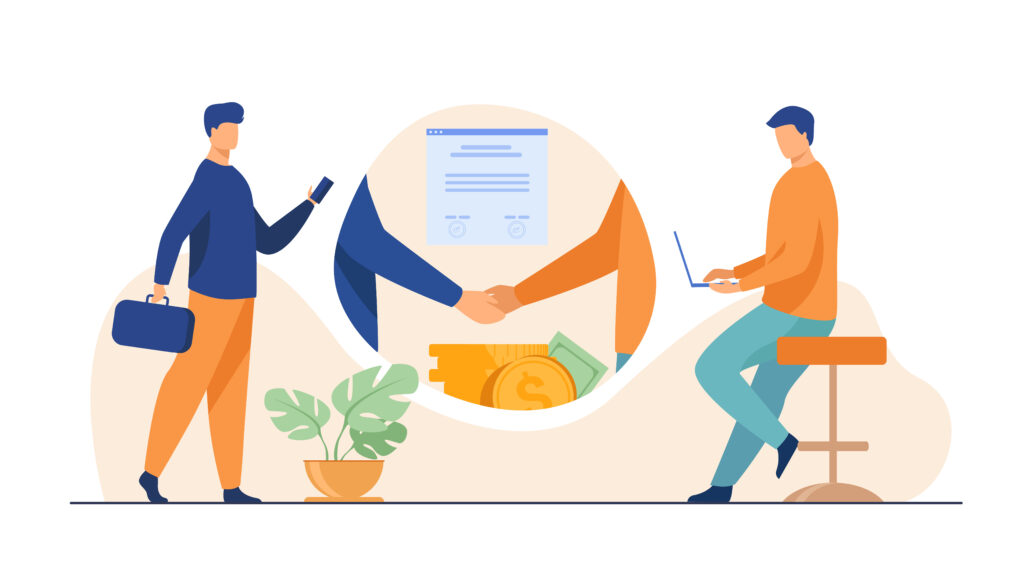
At checkout, make sure to let your customers know that your site protects their data with SSL encryption. Also, highlight reviews or certifications from customer review platforms such as:
- trusted shops;
- Trustpilot;
- verified reviews;
- guaranteed reviews company and
- Custplace.
Your store must be audited to become certified by some customer review platforms. When you display customer review links, make sure they work properly and redirect your customers to the right site. It will cast doubt on the credibility of your customer reviews if the links don’t work or go to the wrong page.
Another way to build trust is to post reviews from your past customers. Keep your site looking professional and easy to navigate.
The following components should always be present:
- an “about” page;
- a credible presentation of your company;
- easy to find contact information;
- price transparency and
- a clear and easy to find pricing, returns and cancellation policy.
4) Offer several payment methods
Each consumer has his or her own payment preferences. That’s why it’s important to offer as many as possible. This will increase your conversion rate by not leaving any potential customer out.
Of course, you should offer the usual payment methods, credit cards, bank transfers and PayPal. Don’t forget the new and popular payment methods, such as Apple Pay.
Mollie (is the name of the payment method) helps you to integrate these different payment methods into your online store and thus reduce the risk of shopping cart abandonment at checkout.
5) Fixing technical problems
Technical problems can be another cause of shopping cart abandonment and therefore a decrease in the checkout conversion rate. These are, for example, dead links or redirection errors to the payment provider.
Always check for these types of errors and correct them as quickly as possible. Also make sure that your site pages load quickly.
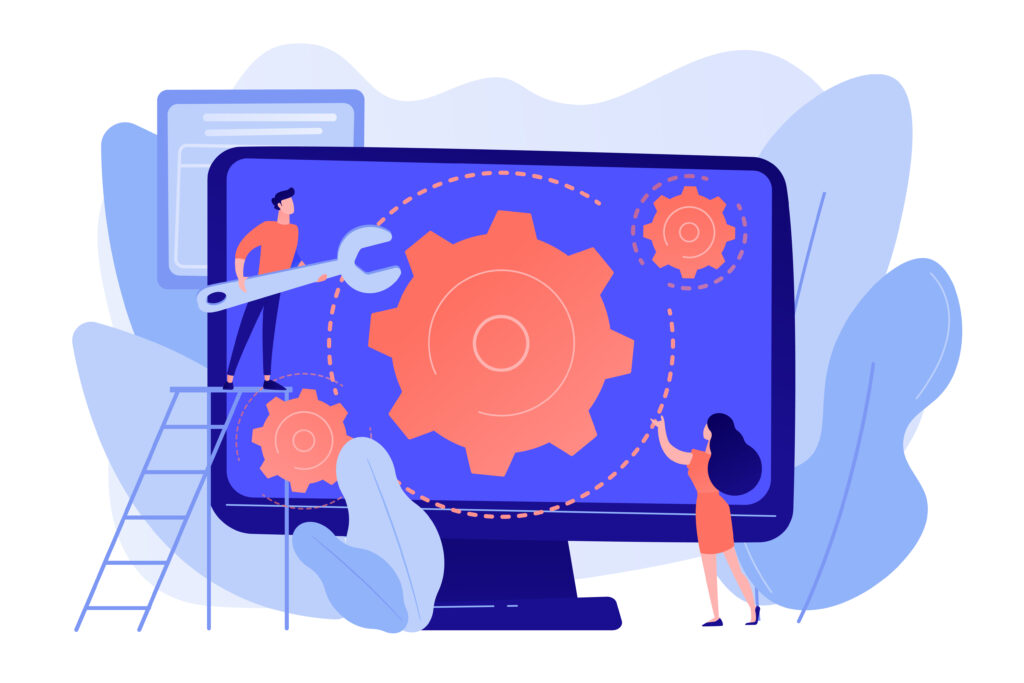
You can improve your loading speed in several ways:
- compress images;
- reduce CSS files and
- restrict redirects.
Also consider whether a Captcha question is necessary. Users usually find this step annoying, which can lead them to leave your page.
6) Refine the look of your site
You’ll increase your conversion rates by fine-tuning your product pages. Remember to include a detailed description of the benefits of each product. Use good quality images or even videos to show your products in action. Give your customers peace of mind by offering free shipping.
Navigation on your website should be easy and visually appealing. Make sure the text is easy to read (font size and color) and that everything is presented clearly and accurately. Integrate buttons that allow customers to order directly. When creating the buttons, remember to:
- use contrasts and colors that attract attention;
- use clear labels (such as “Buy” or “Continue Shopping”);
- give them visibility;
- position them intelligently on the page and
- see also our article on improving your website’s user experience.
7) Optimize the checkout process
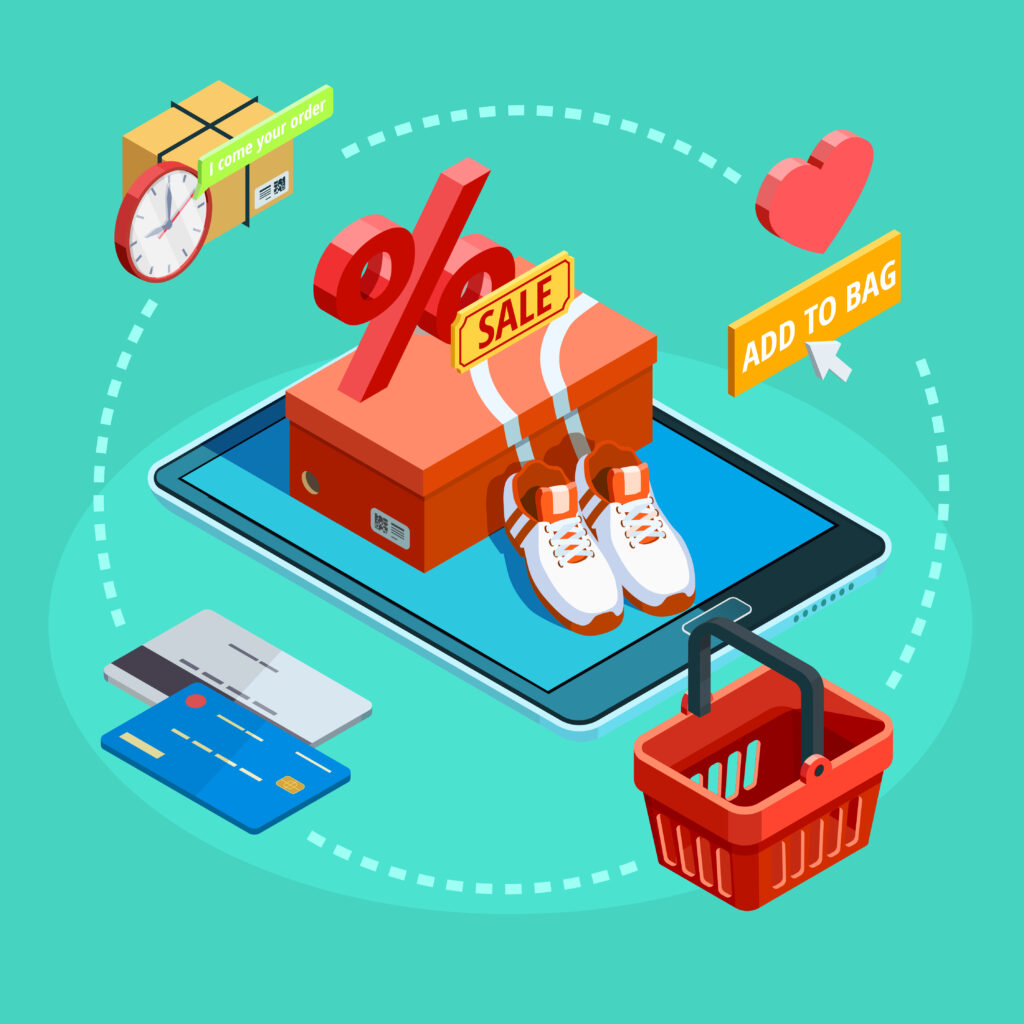
There are many ways to optimize the checkout to increase conversion.
Here are some examples:
- Google Autofill allows your customers to automatically fill out forms.
- Steps in the checkout process: this allows customers to know exactly where they are in the buying process, which motivates them to go to the end. It’s a good idea to offer a fairly short checkout with a maximum of 5 steps.
- Single checkout page: this displays the entire checkout on one simplified page. The promotion field should be easy to find. If you prefer a checkout process with multiple pages, insert a visual guide to help the customer navigate the process.
- Direct contact: in case the customer encounters difficulties, set up a direct contact line (live chat can be a great idea).
8) Save the shopping cart between sessions
E-shoppers regularly add items to their shopping cart and leave the page to come back later and continue shopping. If your site does not save these items to the cart, your customer will have to start over. Saving customer preferences and cart items between sessions increase your conversion rate.
9) Adapting the site to cell phones
More and more consumers are shopping from their cell phones. That’s why your entire website needs to be adapted for mobile viewing (which of course includes the checkout page).

You can adjust the content of your pages for a smartphone format with the following techniques:
- larger buttons;
- a short and simple checkout;
- pages that load quickly and
- Mobile UI elements instead of drop-down menus.
10) Encourage customer loyalty
If a customer abandons his cart during the checkout process, try to bring him back to your site by using smart marketing techniques. You can automatically send them a personalized email notification after a certain period of time. This will increase your conversion rate among customers who leave your page before placing an order.
In this notification you can:
- remind customers that items are waiting for them in their shopping cart;
- offer them help in case of problems during checkout;
- encourage them again to complete their purchase and
- attract them back to your store with call-to-action buttons.
Mistakes in CRO
Even if you try to take care of everything, you can still make mistakes. The good news is that they can be easily prevented with little care! Here are 4 typical mistakes you can make on your website.
1) No data basis

Many companies implement extensive changes without knowing the corresponding data. The actual user flow is often completely neglected and not analyzed. Before you can really turn the right screws, you should know how users behave on the respective page, where and why they might drop out and abandon the process. Google Analytics with its integrated funnel analysis can, if implemented correctly, be an indicator of which aspects can sustainably improve the conversion rate.
2) Tests that are too small
Often, only marginal adjustments are made whose effects on the CR are not significant enough. As a result, the hoped-for success often fails to materialize. In contrast, online store operators should focus more on extensive adaptations. This includes, for example, redesigning the navigation, complete pages or texts.
3) Too many tests at once
Apart from the scope of the tests, the number of tests running simultaneously is also crucial. Ideally, individual adjustments should be analyzed and executed separately. This prevents the changes made from influencing each other and thus affecting the validity of the results. For this reason, it is advisable to constantly test new aspects and analyze and evaluate them with the help of sufficient data.
4) No specific strategy and expertise

Similar to the often-neglected data basis, companies do not develop concrete, fact-based strategies on how to achieve a conversion rate improvement. This strategy should be developed by an employee or partner who has the expertise, a deeper understanding of the company, the users and e-commerce aspects. This is essential, as these optimizations are based on standard aspects, but should mostly be tailored to the specific company and its DNA.
Conclusion
All in all, the conversion rate optimization of an online store is a complex and multifaceted topic. In order to maximize success, one should continuously test and measure new aspects and thus make adjustments to many levers. These include content, information, technical and marketing optimization. In any attempt to improve, it is essential to find the right partner who understands the business and has the expertise.
Have you ever determined your conversion rate? And if so, have you made all the optimizations mentioned or does your website not still have room for improvement?
Interested more? Check our latest CRO best practices findings!
Don't forget, sharing is caring! :)

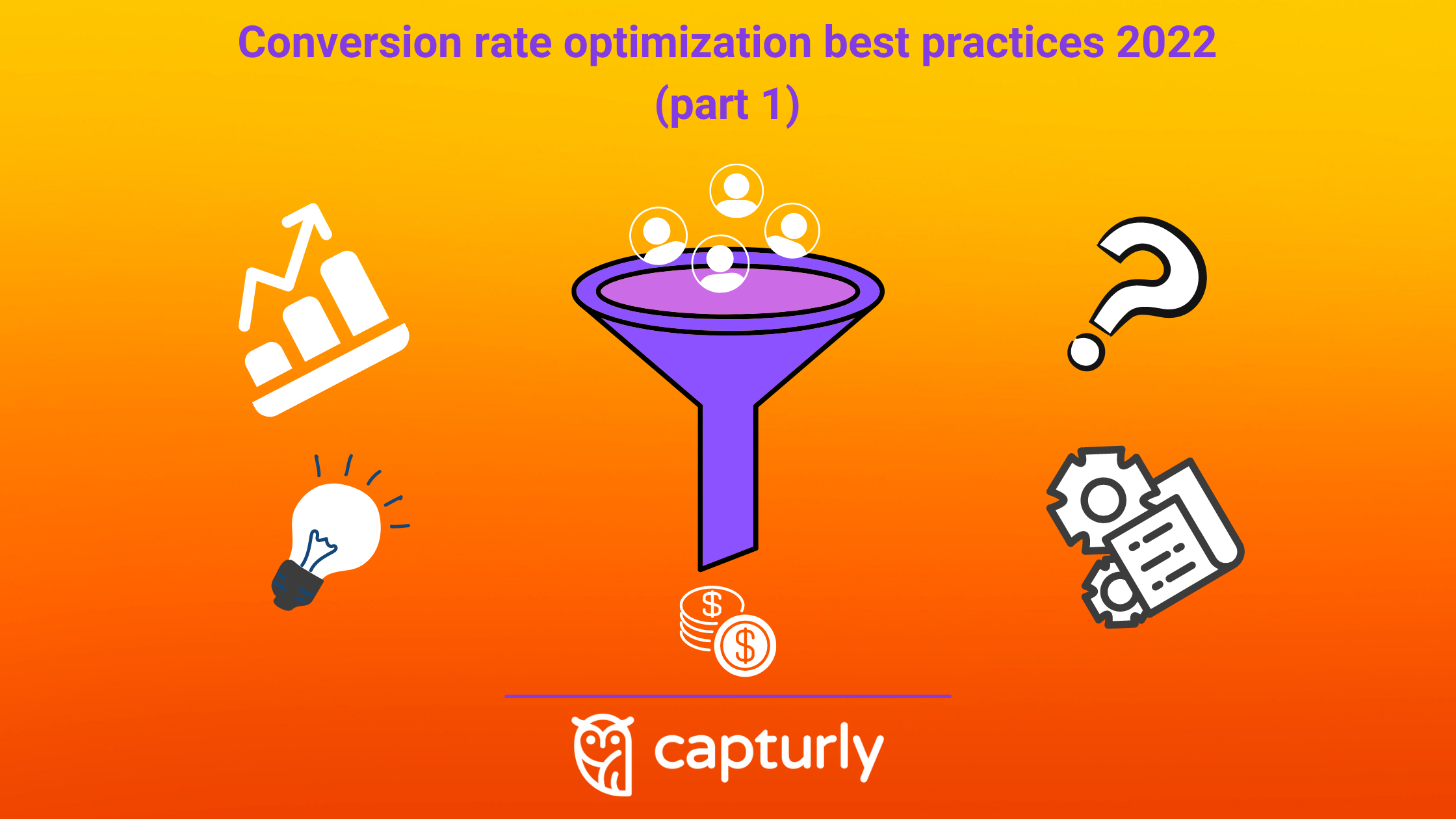
2 Comments
Airline Reservation System
2023-03-01 at 07:59Great post. Every point are really informative.
Flight Booking API
2023-03-23 at 05:07This is such a great resource that you are providing and you give it away for free.